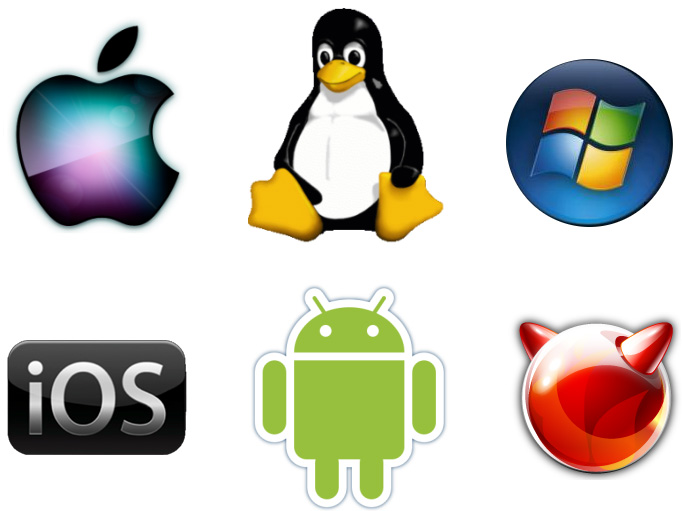



Enabling your organization with governance risk and compliance services to achieve greater GRC maturity and move to an integrated risk management framework through automation.
Integrated Risk Management (IRM), formerly known as Governance, Risk, and Compliance (GRC) technologies, plays a critical role in enabling organizations to identify overlaps and eliminate duplication & redundancies in managing identifying risk and compliance obligations effectively and efficiently.
Over the past decade, the GRC/IRM market gained significant momentum and growth, with many organizations starting to adopt these technologies and, at the same time, witnessing a substantial influx of tool vendors.


With deep roots in technology and domain expertise in the risk and compliance space, AssurServ’s governance risk and compliance services are positioned to help organizations implement GRC programs successfully. We provide end-to-end services from developing GRC strategy to selecting the right tool and assisting organizations with implementation. We work closely with stakeholders from CISO, CRO, CCO, and CPO offices to design, configure, onboard, and maintain solutions for managing various risk and compliance programs.
Asset operations management (AOM) bridges the gap between your maintenance, reliability, and operations teams. Rather than having separate teams with their own siloed solutions, it creates a single command centre where employees can access everything, they need to do their jobs properly.
Ensuring through the delivery of investment programmes and ongoing maintenance all assets meet the agreed standard and legislative requirements to support service delivery and enhance customer satisfaction.
Operations managers must constantly forecast, plan, and adjust to optimize processes based on conditions. Process: Production of goods or services requires having strong, repeatable processes. Efficiency: Managers must troubleshoot bottlenecks, inadequate resources, and downtimes to create optimal efficiency.
Robotic process automation (RPA) is a form of business process automation that is based on software robots (bots) or artificial intelligence (AI) agents.[1] It is sometimes referred to as software robotics (not to be confused with robot software).
RPA systems develop the action list by watching the user perform that task in the application’s graphical user interface (GUI), and then perform the automation by repeating those tasks directly in the GUI. This can lower the barrier to the use of automation in products that might not otherwise feature APIs for this purpose.
RPA tools have strong technical similarities to graphical user interface testing tools. These tools also automate interactions with the GUI, and often do so by repeating a set of demonstration actions performed by a user. RPA tools differ from such systems in that they allow data to be handled in and between multiple applications, for instance, receiving email containing an invoice, extracting the data, and then typing that into a bookkeeping system.
Governance, risk and compliance (GRC) refers to an organization’s strategy for handling the interdependencies between the following three components:
Corporate governance policies
Enterprise risk management programs
Regulatory and company compliance
GRC emerged as a discipline in the early 21st century when companies recognized that coordinating the people, processes and technologies they used to manage governance, risk and compliance could benefit them in two ways. A synthesized approach would help ensure their organizations acted ethically. It would also help them achieve their goals by reducing the inefficiencies, miscommunications and other perils of a siloed approach to governance, risk and compliance.
Any size organization can use GRC. Developing a GRC discipline is especially important for large organizations that have extensive governance, risk management and compliance requirements and where programs to meet these requirements often overlap.
Operating system services are software programs that provide a platform for applications to run on a computer. These services allow applications to interact with hardware devices, manage files, allocate memory, schedule tasks, and perform other essential functions.




At ASSURSERV, we are focused on innovating and tailoring solutions and services for client’s across varied industry domain, to ensure the complete peace of mind, enabling client’s process own strategic business continuity effectively.
Join our subscribers list to get the latest news.
© Copyright 2022. All Rights Reserved by AssurServ Technologies Pvt. Ltd.